Shaun Purcell, architect at Wilson Architects, looks at some key elements of a research-led design approach that can have significant positive impacts on a senior living environment.
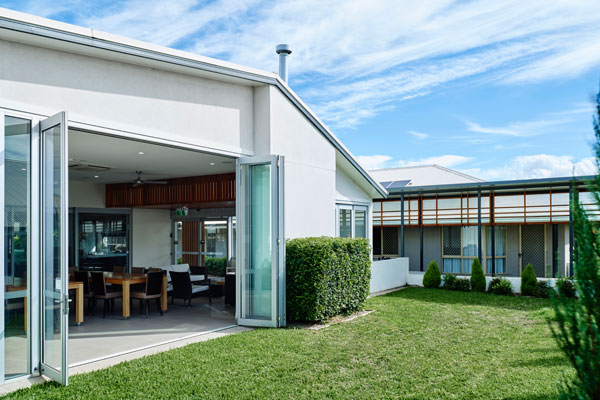
August 19th, 2015
Universities, student housing and science research organisations have many things in common with the senior living sector, and share similar challenges. In these sectors, a research-led design approach that explores how the end user will use the space, and how the space will influence how they feel and behave, works particularly well. Many senior living providers are now applying this approach to their own facilities to provide a better standard of care and increase operational efficiencies. Here are some key elements of this approach that can have significant positive impacts on a senior living environment.
Designing a quality residential experience
University student housing projects can provide insight into how to design quality, flexible housing that is cost effective and appealing. The refurbishment of the Freedom Aged Care village in Toowoomba puts residents at the centre of the design in the same way successful university accommodation projects do. It’s about liveability – about tailoring the facilities to the residents first so the perception is of home, and using design principles for higher-end residential architecture such as attention to detail and timeless, quality materials.
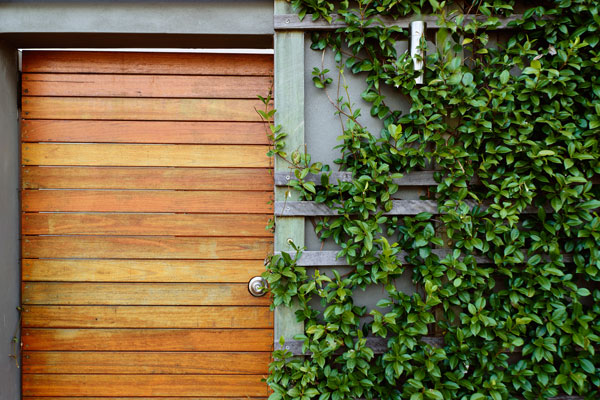
Putting technology in its place
Health care technology pervades all aspects of senior living care, and should be an enabler, not a driver of design. Around the clock care can now be embedded, unseen, in a friendly environment where nursing staff monitor each resident, with different levels of care supported seamlessly. Another strategy that can add years to the life of a senior living project is designing design to adapt to technologies that don’t exist yet in the way universities and science-based research laboratories do.
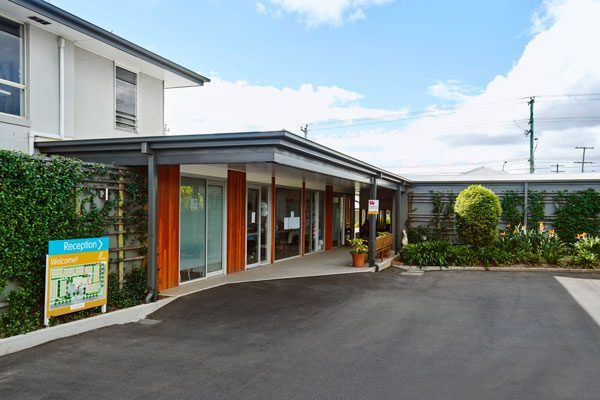
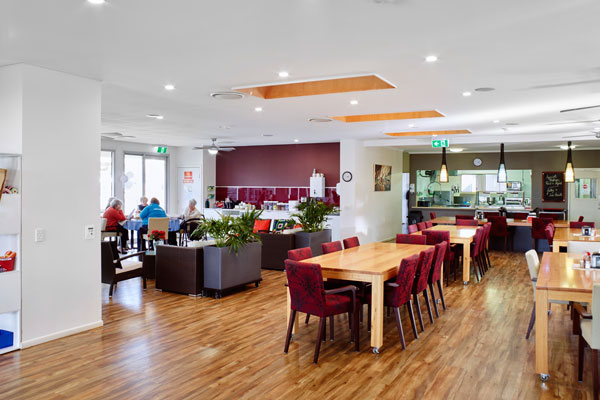
Building a strong community feel
The latest research shows that both students and residents in senior living environments highly value a sense of community, and that it has a strong influence on quality of life and health outcomes. The Freedom village was re-designed into community-focused accommodation that encourages interaction, and feels welcoming for family and friends. Although all the apartments have kitchens, most residents prefer the camaraderie of the dining or activity rooms, or to meet friends at the bar and café. These areas are the heart of the space and integral to building a strong residential community feel where people feel truly at home.
Taking landscape one step further
The benefits of therapeutic gardens in the senior living environment are well known and they have been in use for some time. In the Freedom Toowoomba village, landscape is taken a step further incorporating fish ponds, kitchen gardens, chook pens, aviaries and safe sensory landscapes to evoke memory and aid in wayfinding. Gardens bring joy, regulate the environment, and are a very cost effective response to the clinical nature of the traditional senior living environment, and a strategy often seen in health care, labs and schools.
Senior living environments that are designed to view residents as valued members of their community will increase in popularity and become the norm in the coming years. Research-led design for institutions is a practical approach to senior living design that can add value in this increasingly challenging market.
Photography by Toby Scott.
INDESIGN is on instagram
Follow @indesignlive
A searchable and comprehensive guide for specifying leading products and their suppliers
Keep up to date with the latest and greatest from our industry BFF's!

For Aidan Mawhinney, the secret ingredient to Living Edge’s success “comes down to people, product and place.” As the brand celebrates a significant 25-year milestone, it’s that commitment to authentic, sustainable design – and the people behind it all – that continues to anchor its legacy.

Welcomed to the Australian design scene in 2024, Kokuyo is set to redefine collaboration, bringing its unique blend of colour and function to individuals and corporations, designed to be used Any Way!
Kohler designer Mark Bickerstaffe talks new products and the bathroom of the future with Ola Bednarczuk.
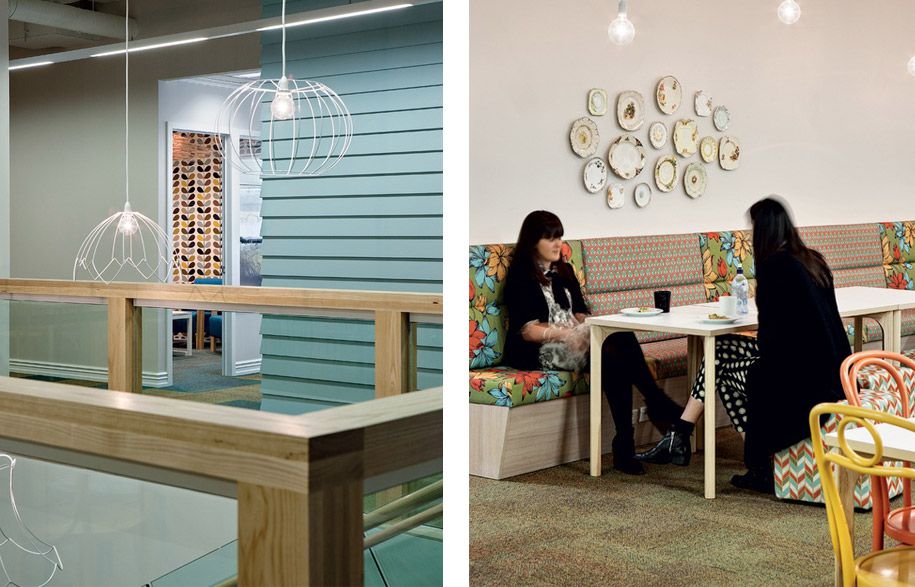
Designed by Andrew Tu’inukuafe and the Creative Spaces team, the Lion’s new HQ in Freemans Bay, Auckland is a solid example of design’s ability to speak the language of a brand and its space.
The internet never sleeps! Here's the stuff you might have missed
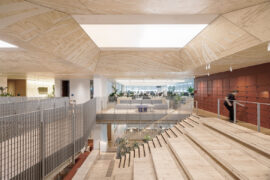
Reuse, resourcefulness and material transformations bring unexpected stories to Arup’s new Brisbane office, designed by Hassell.
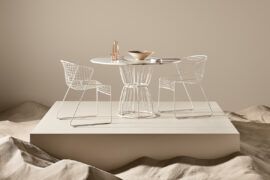
Curvaceous, spiraling forms tell a story of organic precision and artful engineering
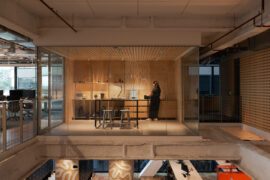
The Arup Workplace in Perth/Boorloo, designed by Hames Sharley with Arup and Peter Farmer Designs, has been awarded The Work Space at the INDE.Awards 2025. Recognised for its regenerative design, cultural authenticity, and commitment to sustainability, the project sets a new benchmark for workplace architecture in the Indo–Pacific region.